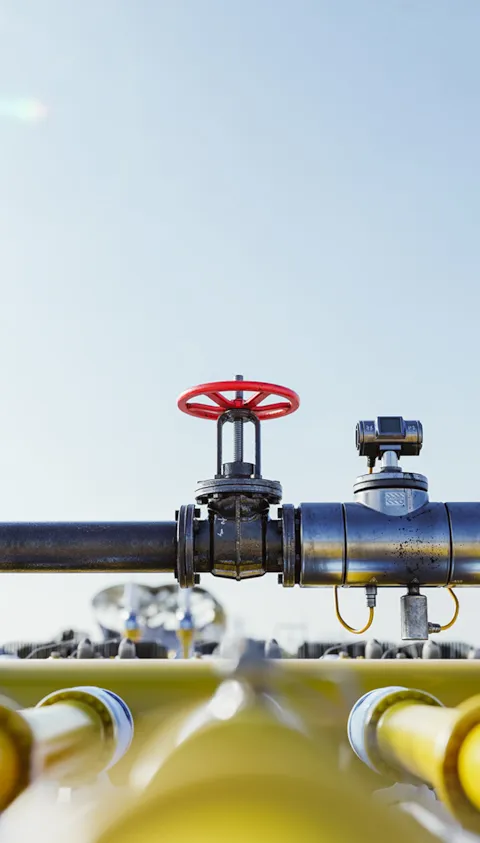

Today, CO2 is primarily transported through pipelines, but transport by ship is also an option. Repurposing existing infrastructure, rather than constructing new pipelines, can reduce both project risk and commercial burden.
Larger-scale deployment of CCS will likely require new as well as repurposed pipelines to connect emitters to storage facilities. Many inland facilities will also need to be connected to coastal hubs for CO2 export or subsea storage.
Challenges include:
- Fracture control
- Corrosion
- Flow assurance and operational issues
- Impurity control
- Managing risk of release and dispersion of CO2
- Stakeholder consent (social license).
DNV supports the safety, efficiency, and integrity of CO2 pipelines
DNV enables the safe and efficient transport of CO2 by supporting both the design of new pipelines and the reuse of existing infrastructure. This includes knowledge of design, construction, installation, integrity, operation, inspection and maintenance, as well as compression, flow acoustics and safety.
Key services and software include:
- Corrosion monitoring and interpretation
- Material selection, structural design and fatigue assessments
- Pipeline ductile fracture (crack arrest) evaluation
- Requalification of pipelines
- Services and software for pipeline flow assurance
- Consequence modelling and risk analysis
- Computational fluid dynamics (CFD) modelling of CO2 leaks and dispersion
- Hi-fidelity transient surge analysis and design surge mitigation measures
- Leak detection and real-time monitoring of entire system pressures, inventories, and flows, and ensuring continued operations within the required phase envelope
- Realistic flight-simulator style operator training and qualification.
PROJECTS AND RESEARCH


Hydrogen sulfide challenges in carbon dioxide pipelines
RECOMMENDED PRACTICES, GUIDELINES, PRODUCTS
DNV is the leader in the development of CCS recommended practices, guidelines and international standards.
OUR RESEARCH AND SERVICES



